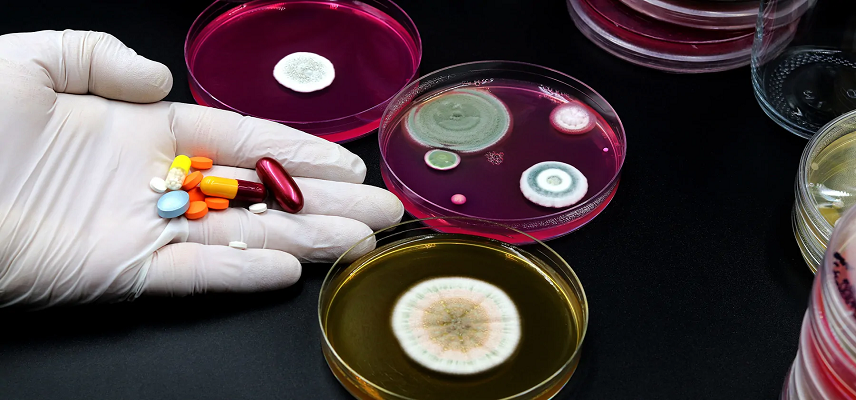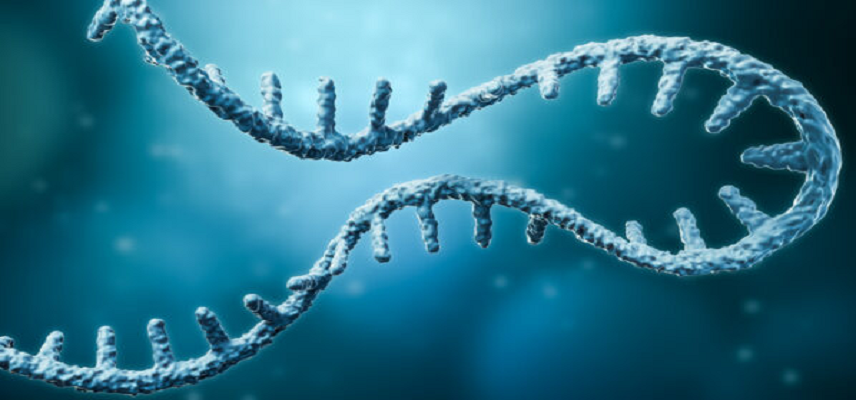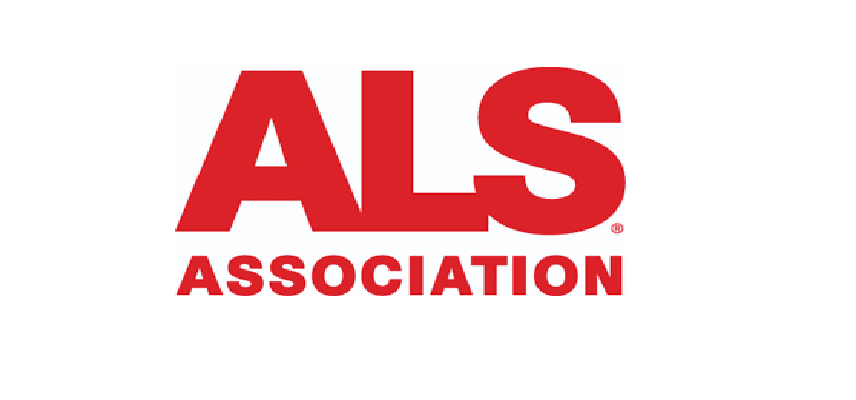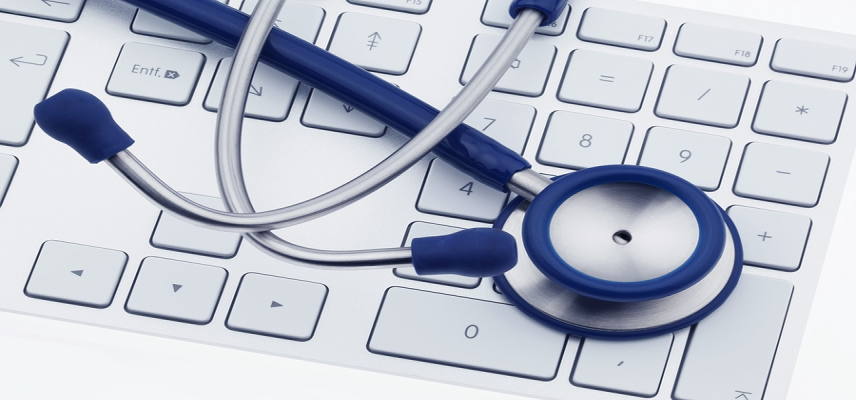WHO Highlights Urgent Gaps in Antibacterial R&D and Diagnostics
The World Health Organization (WHO) released updated reports on antibacterial agents in clinical and preclinical development and on diagnostics for detecting priority bacteria from the WHO Bacterial Priority Pathogens List (BPPL). The reports aim to guide R&D toward addressing the escalating antimicrobial resistance (AMR) crisis.
Shrinking and Under-Innovative Antibacterial Pipeline
WHO’s 2025 analysis shows a decline in antibacterials in clinical development, from 97 in 2023 to 90 in 2025:
- 50 traditional antibiotics
- 40 non-traditional approaches (bacteriophages, antibodies, microbiome modulators)
Key concerns:
- Only 15 compounds qualify as innovative.
- Resistance overlap is unclear for 10 of these.
- Only 5 compounds target WHO “critical” priority bacteria.
- Among traditional antibiotics, 45 target priority pathogens, including 18 focused on drug-resistant Mycobacterium tuberculosis.
Gaps remain in:
- Paediatric formulations
- Oral outpatient therapies
- Combination strategies with non-traditional agents
Since 2017, 17 new antibacterials have obtained marketing authorization, but only 2 represent a new chemical class.
Preclinical Pipeline Remains Fragile
- 232 programmes across 148 groups worldwide
- 90% of companies have fewer than 50 employees, highlighting ecosystem fragility
- Heavy focus remains on Gram-negative bacteria, where innovation is most needed
WHO urges transparent publication of antibacterial activity data to foster collaboration and attract investment.
Diagnostic Gaps Compromise AMR Control
Effective diagnostics are essential, particularly in low- and middle-income countries. Key gaps include:
- Lack of multiplex platforms for direct detection from whole blood without culture
- Insufficient biomarker tests (C-reactive protein, procalcitonin) to differentiate bacterial vs viral infections
- Limited point-of-care tools for primary and secondary care
WHO stresses the need for affordable, robust, and easy-to-use diagnostic platforms, including sample-in/result-out systems compatible with multiple sample types.
“Antimicrobial resistance is escalating, but the pipeline of new treatments and diagnostics is insufficient. Without increased investment in R&D and equitable access, drug-resistant infections will continue to spread.”
- Dr Yukiko Nakatani, WHO Assistant Director-General for Health Systems.
Call to Action
Strengthening the antibacterial and diagnostic pipeline requires:
- Coordinated drug discovery and clinical development of traditional and non-traditional agents
- Innovative diagnostic platforms
- Equitable access strategies
- Novel funding models to support small and medium-sized enterprises driving R&D
WHO’s 2025 reports serve as a roadmap for guiding innovation, investment, and collaboration in the fight against AMR.
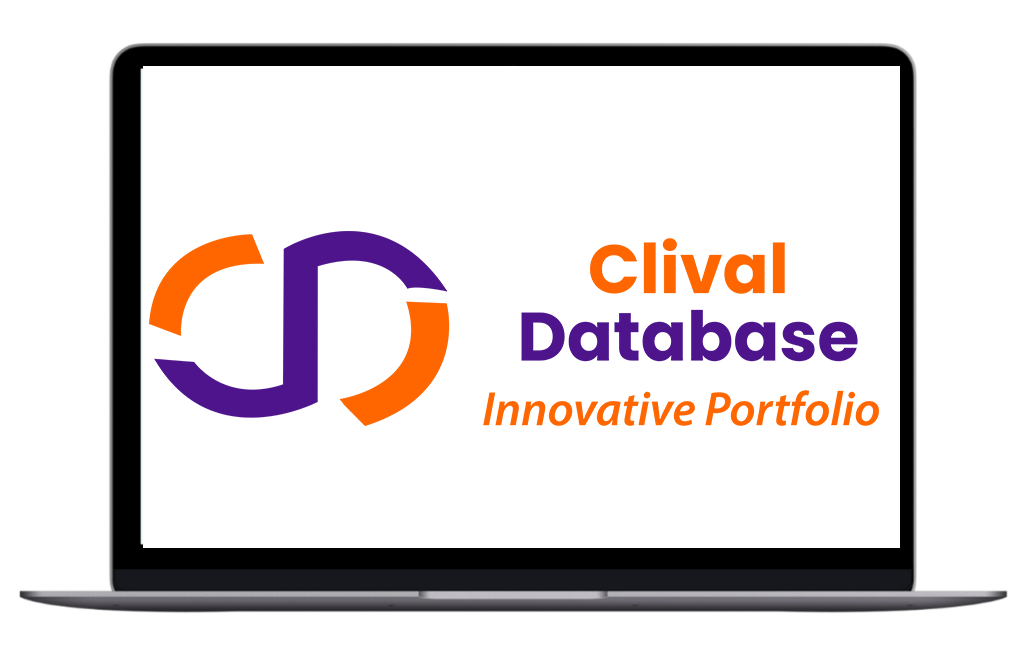
Optimize Your trial insights with Clival Database.
Are you exhausted from the uncertainty of trial insights pricing? Clival Database ensures the clarity in the midst of the global scenario for clinical trials to you.Clival Database is one of the best databases that offers an outstanding number of clinical trial data in terms of 50,000+ molecules and from primary regulatory markets as well as new entrants like Indian and Chinese markets.
With Clival, you get accurate positioning of historical sales data, patent database, company profiling, safety & efficacy, and prediction of launch of new innovative molecules helping you to align your research and driving down the cost.
To add value, we further break down our analytics for you so that improving your operational effectiveness; optimizing your clinical trials; and offering you accurate and high-quality data at lowest possible prices becomes possible.
Elevate your trial success rate with the cutting-edge insights from Clival database.
Check it out today and make more informed sourcing decisions! Learn More!

